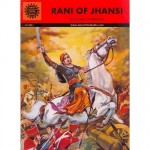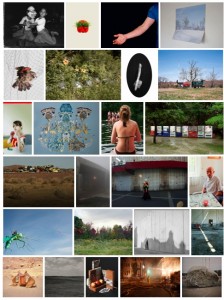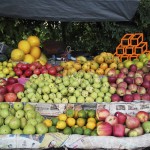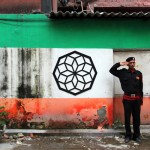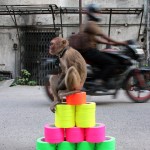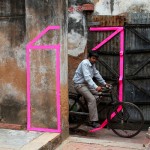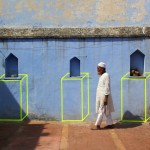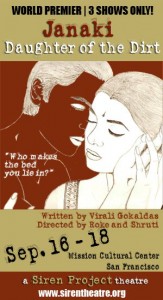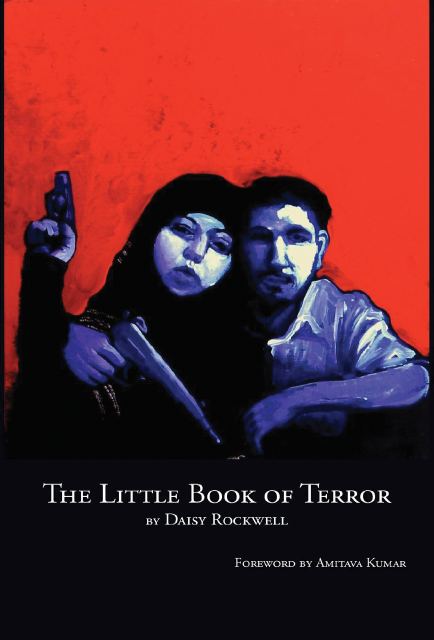 Unsettling. The Little Book of Terror, a slim, brightly-colored book of paintings and short essays by Daisy Rockwell hardly contains standard coffee-table fare. Divided into five sections, this cheeky little volume features your usual gallery of big-name, international rogues. Osama bin Laden. Saddam Hussein. But the feeling of uneasiness comes not from these over-chronicled villain archetypes whose images we’ve all seen scattered over televisions a hundred times over.
Unsettling. The Little Book of Terror, a slim, brightly-colored book of paintings and short essays by Daisy Rockwell hardly contains standard coffee-table fare. Divided into five sections, this cheeky little volume features your usual gallery of big-name, international rogues. Osama bin Laden. Saddam Hussein. But the feeling of uneasiness comes not from these over-chronicled villain archetypes whose images we’ve all seen scattered over televisions a hundred times over.
Instead, it comes from candid portraits such as that of Mohamed Mahmood Alessa, a 20-year old in New Jersey who was appended by the FBI after he tried to join a militant group in Somalia. In her portrait of Alessa, Rockwell depicts him in bubble-gum pink tones, prone on a floral bedspread, cuddling with his beloved cat, Princess Tuna. Unsettling. The narrative of terror that we often see seldom contains photos of wannabe terrorists cuddling with their kitty cats, or of the underwear bomber as a sullen teenager, posing during a school trip. Continue reading
